Getting Diagnostic Imaging Billing Right in Workers' Compensation: Practical Tips for Success
Struggling with the complexities of diagnostic imaging billing in workers' compensation cases? Don't let coding errors or documentation slip-ups delay your reimbursements. Discover practical strategies to streamline your billing process, avoid common pitfalls, and ensure your claims get approved the first time around. Dive into our comprehensive guide and take control of your billing today.
How to Ensure Accurate Billing, Avoid Pitfalls, and Maximize Reimbursements
When it comes to workers' compensation cases, diagnostic imaging—like X-rays, MRIs, and CT scans—plays a vital role. These images aren’t just snapshots; they provide the critical insights needed to assess injuries and guide treatment plans. However, if you're a healthcare provider, you know that billing for these services can be tricky. There are specific coding requirements to meet, documentation to complete, and hoops to jump through just to get pre-authorization. If anything goes wrong, you’re looking at delays, denials, or worse—getting paid less than what you deserve.
Let’s break down what you need to know to navigate this complex landscape successfully.
Why Diagnostic Imaging is Key in Workers' Compensation
When a worker gets injured, the first step is often diagnostic imaging. These images help doctors see what’s going on beneath the surface—whether it’s a fractured bone or a soft tissue injury. The sooner an accurate diagnosis is made, the quicker a treatment plan can be developed. That’s why ensuring that your billing process for these services is on point is crucial. It’s not just about getting paid; it’s about making sure that the worker gets the treatment they need without unnecessary delays.
The Building Blocks of Diagnostic Imaging Billing in Workers' Compensation
The Importance of Accurate Coding
Accurate coding is the foundation of your billing process. You’ve probably memorized some of these by heart, but let’s revisit the codes you’ll encounter most frequently:
X-Rays:
- 72040 (Radiologic examination, spine, cervical; 2 or 3 views): Often used to assess neck injuries.
- 73030 (Radiologic examination, shoulder; complete, minimum of 2 views): Common when a shoulder injury is suspected.
MRIs:
- 73721 (MRI of the lower extremity, joint, without contrast): Typically used for knee injuries.
- 72148 (MRI of the lumbar spine, without contrast): Common in back injury cases.
CT Scans:
- 70450 (CT of the head, without contrast): Essential for evaluating head injuries.
- 74176 (CT of the abdomen and pelvis, without contrast): Used when abdominal injuries are involved.
Using the correct code is critical, but so is making sure that your documentation supports why that imaging study was necessary in the first place.
Tip: Double-check that your coding aligns with the actual services provided. It sounds basic, but coding errors are a leading cause of payment delays and denials.
Documentation: The Backbone of Your Claim
Good documentation isn’t just bureaucratic busywork—it’s your first line of defense against denials. When you document properly, you’re telling a story that justifies why the imaging was needed. Here’s what you need to include:
- Clinical Indication: Clearly state why the imaging was ordered. Was it due to persistent pain, limited mobility, or another symptom? Document this in detail.
- Results and Interpretation: Make sure the results of the imaging are included in the patient’s records, along with an interpretation of what those results mean.
- Follow-Up Plans: If further imaging or treatment is needed, outline that plan. This can help you get pre-authorization for future services more easily.
Real-World Example: A radiology group noticed a significant improvement in their reimbursement rate simply by tightening up their documentation. By including more detailed clinical indications and clear follow-up plans, they reduced the number of denials and received payments faster.
Getting Through Pre-Authorization and Utilization Reviews
Pre-authorization is often the name of the game, especially for expensive imaging services like MRIs or CT scans. Insurance companies want to make sure that these services are medically necessary before they agree to pay for them. If you don’t get pre-authorization, you might end up footing the bill.
- Best Practices for Pre-Authorization: Make your case strong from the start. Submit a request that includes a detailed treatment plan, expected outcomes, and any clinical documentation that supports the need for the imaging.
- Handling Denials: If your imaging service is denied after a utilization review, don’t give up. You can appeal the decision by providing more detailed documentation or additional evidence to support the necessity of the imaging.
Staying Compliant with State-Specific Fee Schedules
Every state has its own rules and regulations when it comes to workers' compensation, and that includes how much you can bill for imaging services. For example, California’s Division of Workers' Compensation (DWC) frequently updates its Official Medical Fee Schedule (OMFS), which can directly impact your billing.
Actionable Insight: Regularly check your state’s fee schedules and make sure your billing software is up to date. This can help you avoid underbilling and ensure that you’re compliant with the latest regulations.
Common Challenges and How to Overcome Them
- Denials Due to Insufficient Documentation: One of the most common reasons claims get denied is because the documentation isn’t up to snuff. Make sure you’re clearly stating why the imaging was necessary and back it up with patient history and symptoms.
- Coding Errors: Mistakes in coding can cause big headaches. Whether it’s using the wrong CPT code or missing a modifier, errors like these can lead to delays and denials. Regularly auditing your coding practices can help catch these mistakes before they cause problems.
FAQ Section:
- Q: How do I ensure my diagnostic imaging billing is compliant with workers' compensation regulations?
- A: Regularly review your state’s workers' compensation guidelines, keep your billing software updated with the latest fee schedules, and make sure your documentation is thorough and aligns with the necessity of the imaging.
Navigating Pre-Authorization Requirements
Getting pre-authorization is crucial, especially for high-cost imaging services. Develop a system to track your authorization requests and make sure you follow up regularly to keep things moving.
Best Practices for Maximizing Reimbursement
- Keep Your Team Trained: Your billing team should always be up to date on the latest coding practices, regulatory changes, and documentation requirements.
- Use Technology to Your Advantage: Leverage billing software that integrates with state-specific workers' compensation guidelines and keeps your fee schedules up to date.
- Be Ready to Appeal: Set up a structured process for managing appeals, and always back up your claims with well-documented evidence.
Conclusion
Getting diagnostic imaging billing right in work comp cases isn’t just about checking boxes—it’s about making sure your services are accurately billed, promptly reimbursed, and compliant with state regulations. By focusing on the key elements of coding, documentation, and pre-authorization, you can minimize denials and ensure that injured workers get the care they need.
Interested in Partnering with Medrina Technology Management?
At
Medrina Technology Management, we’re here to help healthcare providers streamline their
workers' compensation billing processes. From navigating complex compliance requirements to optimizing your documentation practices, our team of experts is ready to support your success.
Contact us today to learn more.
Stay updated with the latest insights and news in medical billing services and workers' compensation billing and collections. Enter your email below to subscribe to our blog
Most Recent Articles




